THE
HAWK
AND THE
DOVE

PAUL NITZE, GEORGE KENNAN,
AND THE HISTORY OF THE COLD WAR
NICHOLAS THOMPSON
HENRY HOLT AND COMPANY NEW YORK

Henry Holt and Company, LLC
Publishers since 1866
175 Fifth Avenue
New York, New York 10010
www.henryholt.com
Henry Holt and  are registered trademarks of
are registered trademarks of
Henry Holt and Company, LLC.
Copyright 2009 by Nicholas Thompson
All rights reserved.
Distributed in Canada by H. B. Fenn and Company Ltd.
Library of Congress Cataloging-in-Publication Data
Thompson, Nicholas, 1975
The hawk and the dove : Paul Nitze, George Kennan, and the history of the Cold War Nicholas Thompson.1st ed.
p. cm.
ISBN: 978-0-8050-8142-8
1. Nitze, Paul H. 2. Kennan, George F. (George Frost), 19042005. 3. United StatesForeign relations19451989. 4. Cold War. 5. National securityUnited StatesHistory20th century. 6. Anti-communist movementsUnited StatesHistory20th century. 7. AmbassadorsUnited StatesBiography. 8. United StatesOfficials and employeesBiography. I. Title.
E744.T494 2009
973.92dc22
2009009225
Henry Holt books are available for special promotions and premiums.
For details contact: Director, Special Markets.
First Edition 2009
Designed by Kelly S. Too
Printed in the United States of America
1 3 5 7 9 10 8 6 4 2
To Danielle and Ellis
CONTENTS
THE HAWK AND THE DOVE

PROLOGUE
O n February 17, 1984, Paul Nitze decided that the arms race could wait. For the past two and a half years, he had led the negotiations between the United States and the Soviet Union. But on this day, he left that grave work in the early afternoon to dress in black tie and hop on a train to Princeton, New Jersey.
He was heading north to attend the eightieth-birthday party of a man who was both a close friend and a bitter rival: George Kennan. Nitze had been Kennans deputy on the State Departments Policy Planning Staff in the late 1940s, and the two had worked together on some of the most important issues the country ever faced. They tried to reverse the partition of Germany; they helped write the Marshall Plan; they advised Harry Truman on whether to build a hydrogen bomb. And then, for thirty-five years, they had disagreed profoundly on the direction the country should take. Even at this moment, each believed that the others desired policies could lead the United States to the ultimate catastrophe.
Nitze arrived just in time to join the sixty other friends, colleagues, children, and grandchildren at the celebration. After dinner ended, he stood up slowly and raised his glass to give a toast. Among those born after 1904, I know of no one who has been more fortunate in his bosses than have I, he said. He then listed a series of remarkable mentors and what he had learned from each of them.
Soon he turned to the real center of attention: the taller, thinner, balder man celebrating his birthday. Kennan had just published a long article in the New Yorker and was hard at work on his seventeenth book, this one about the Franco-Russian alliance of 1894. An immensely complicated individual, he was revered both as one of the men who had started the Cold War and as the one most determined to end it.
Nitze continued gracefully. George Kennan taught us to approach the issues of policy, not just from the narrow immediate interest of the United States, but from a longer-range viewpoint that included the cultures and interests of others, including our opponents, and a proper regard for the opinions of mankind.
George has, no doubt, often doubted the aptness of his pupil. But the warmth of his and Annelises friendship for Phyllis and for me has never faltered, said Nitze, referring to his and Kennans wives.
I extend my appreciation, gratitude and thanks to George, who has been a teacher and an example for close to forty years.
The guests clinked their glasses and cheered. It was one of the tensest periods of the arms race: just three months ago, Nitzes arms talks had collapsed in a way that many people thought would invite war; one week ago, the KGB veteran who had been running the Soviet Union had died. But this was a moment for two old friends, not for the quiet but ever-present terror that colored these years.
Kennan rose to respond: the main lesson he had learned from Nitze, he said, was that, when one disagreed with government, it may be best to soldier on, and to do what one can to make the things you believe in come out right.
That evening, another guest asked Nitze how he and Kennan had remained friends despite their vast differences on issues of national security. Nitze smiled and responded that he had never had any difference with George except over matters of substance.
PAUL NITZE and George Kennan were the only two people to be deeply involved in American foreign policy from the outset of the Cold War until its end. They had come to prominence in the tumultuous days that followed the Second World War when Germany was divided and the Soviet Union turned from ally into enemy. They immersed themselves in the great questions and events to come: the Marshall Plan, Korea, the ever more dangerous arms race, Vietnam, dtente, SALT, glasnost. They stepped off stage only when Germany reunited and the Soviet Union dissolved.
The two men were equally influential and equally important, yet vastly different. Nitze was the diligent insider, Kennan the wise outsider; Nitze the doer, Kennan the thinker. Kennan designed Americas policy for the Cold War, and Nitze mastered it. With respect to Americas ability to shape the world, Nitze was an idealist and Kennan a realist. In their old age, Nitze still wanted to win the Cold War, and Kennan wanted to be done with it. Their views overlapped at strange and crucial moments; but for most of their working lives, they disagreed profoundly. In the New Yorker article published just before his eightieth-birthday party, Kennan had indirectly criticized Nitzewho marked the piece up vigorously and also sent a letter to a mutual friend complaining that the argument showed a complete separation from fact and logic.
Nitze was the hawk. When the United States and the Soviet Union built up their terrifying weapon stockpiles soon after World War II, he argued that the best way to avoid a nuclear clash was to prepare to win one. If you want peace, prepare for war. More than any other American, Nitze gave shape to the arms race. Kennan came up with the word containment that was used more than any other to describe Americas Cold War policy. But he saw it as a political strategy for combating a political threat. Nitze defined the word the way it was really used: as a military strategy for combating a military threat.
Nitzes strengths were his organizational skills, his commitment to logic, and his endurance. Few people knew more about weaponry and few people were able to gain as many allies in different parts of Washington. He worked for, or consulted with, every president from FDR to George H. W. Bush. He even impressed his adversaries with his ability to absorb facts and make arguments about nuclear arms. Nitze was a god, said Aleksandr Savelyev, one of his Soviet negotiating counterparts. Just not our god.



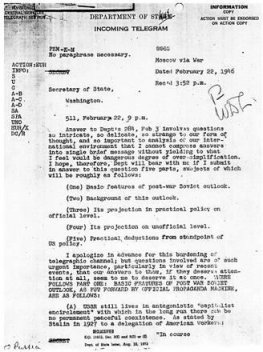
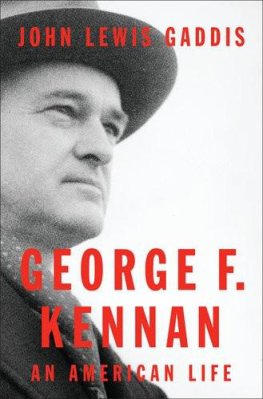

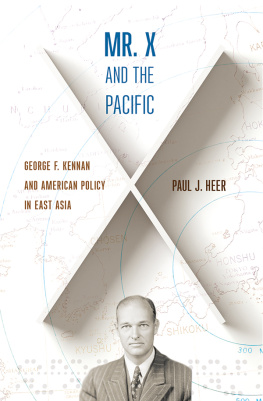

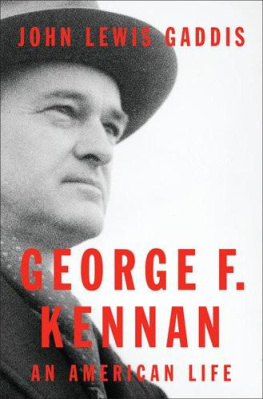
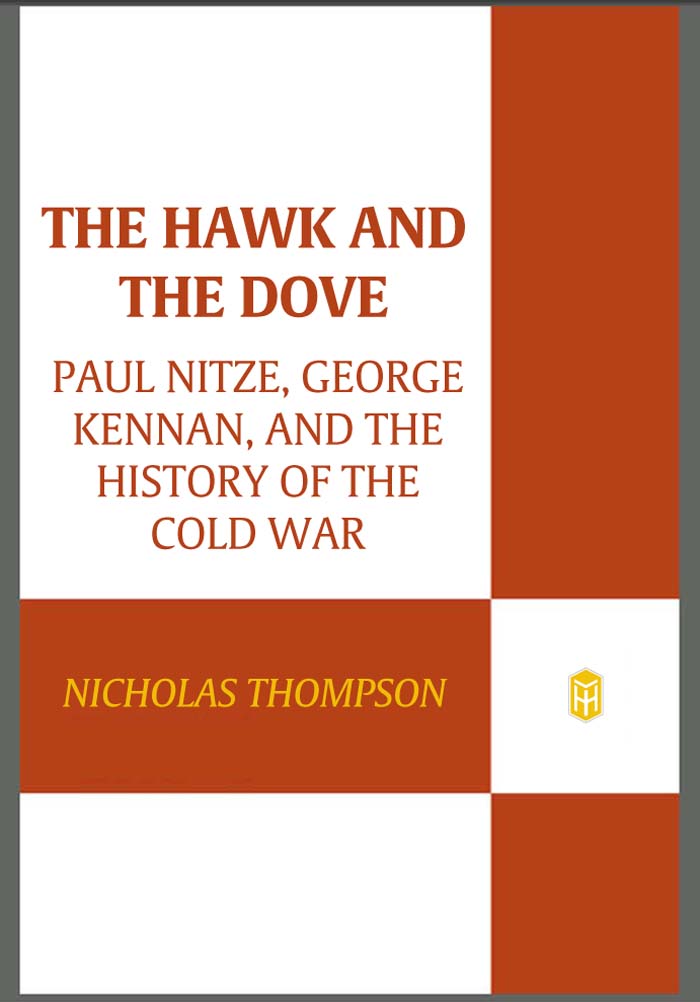


 are registered trademarks of
are registered trademarks of